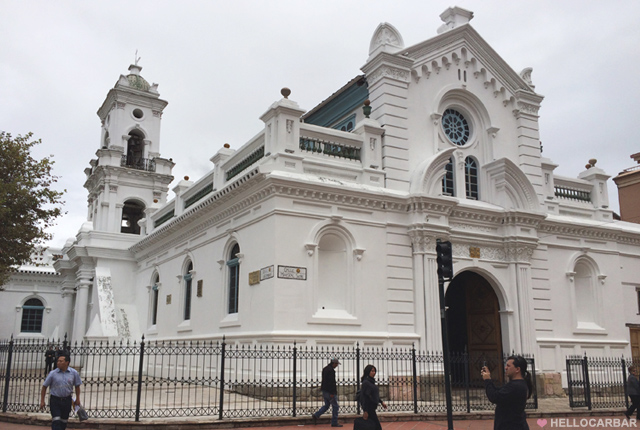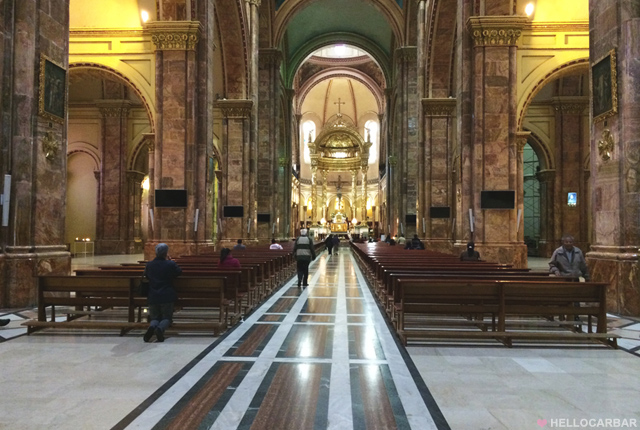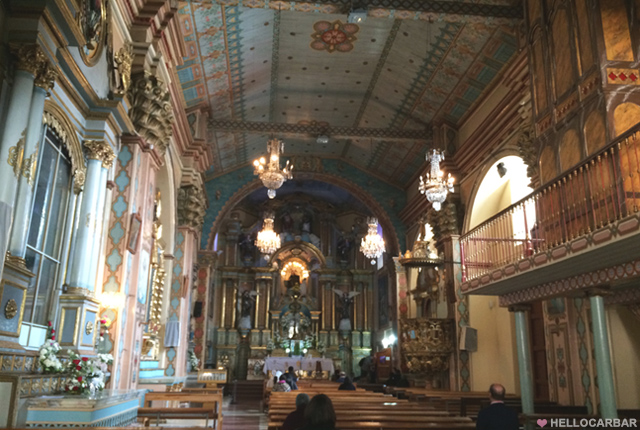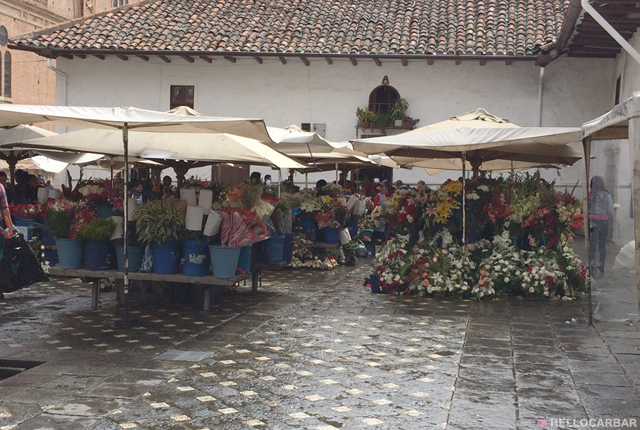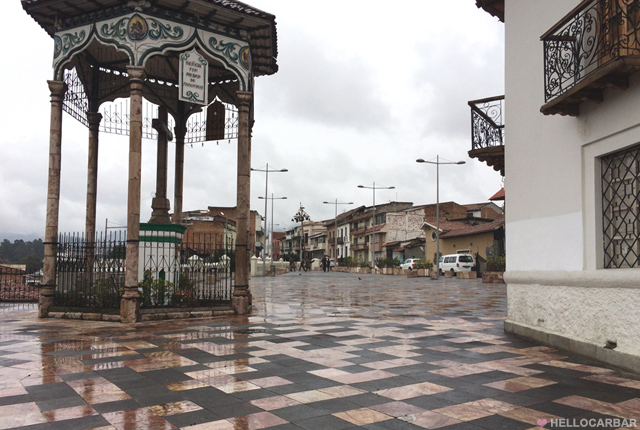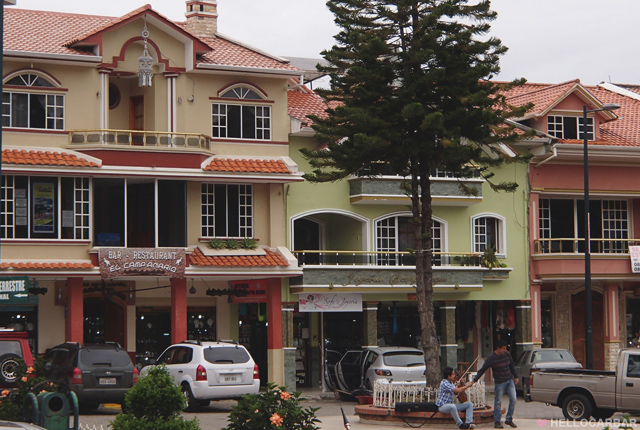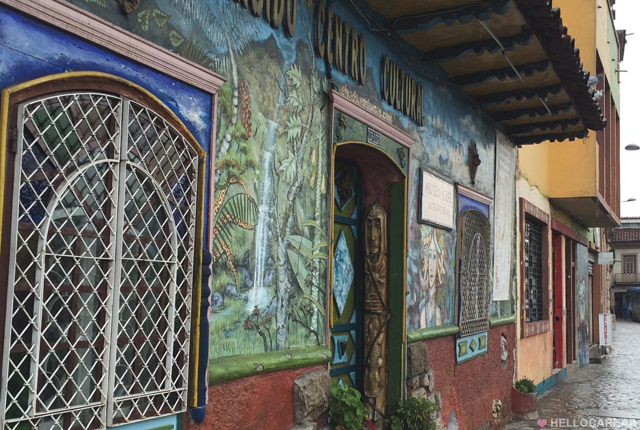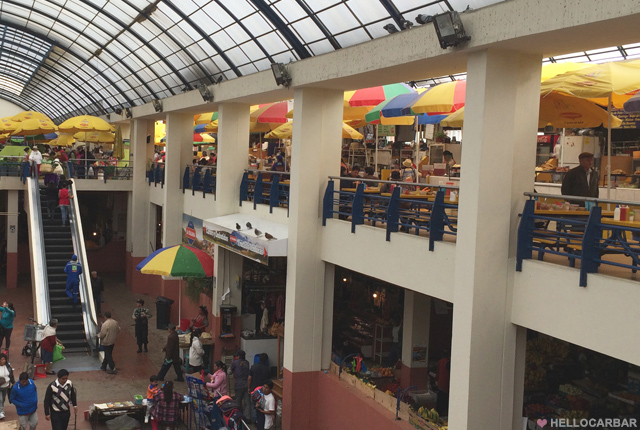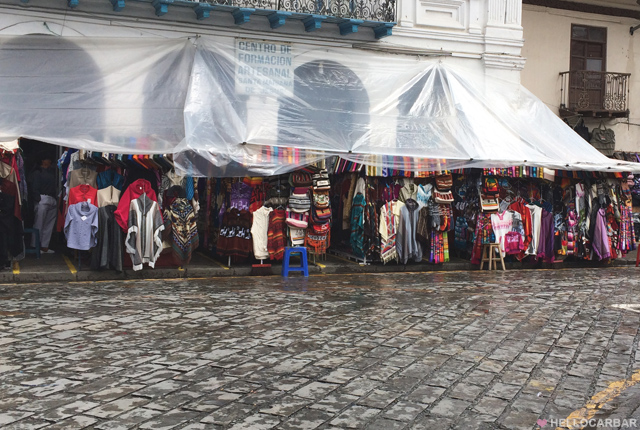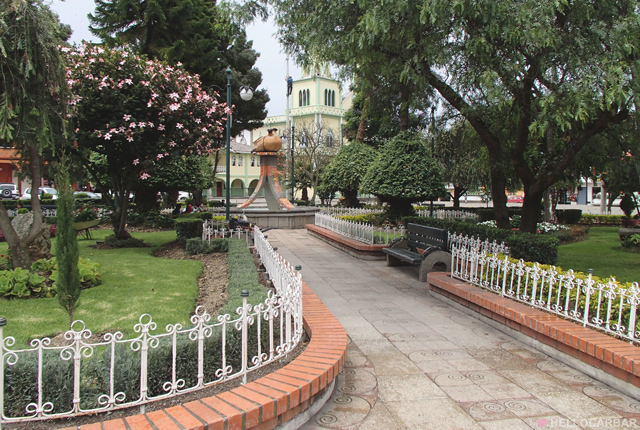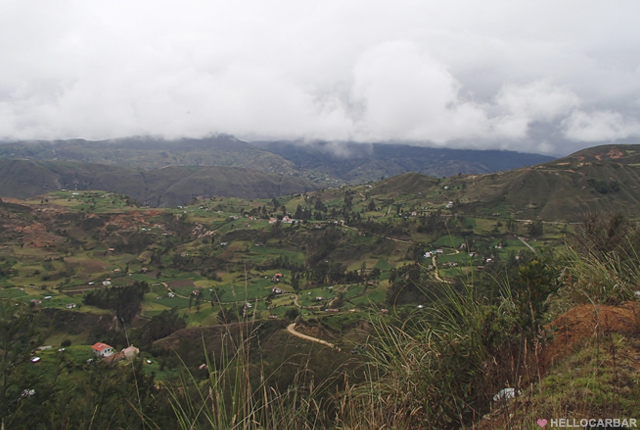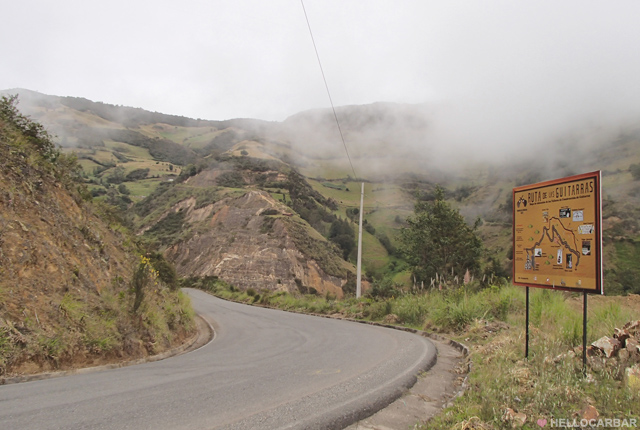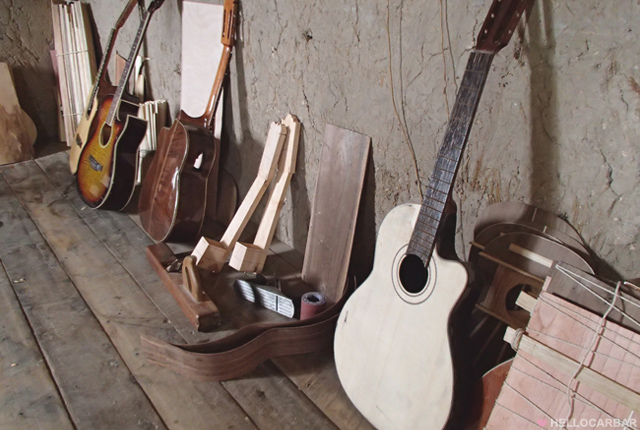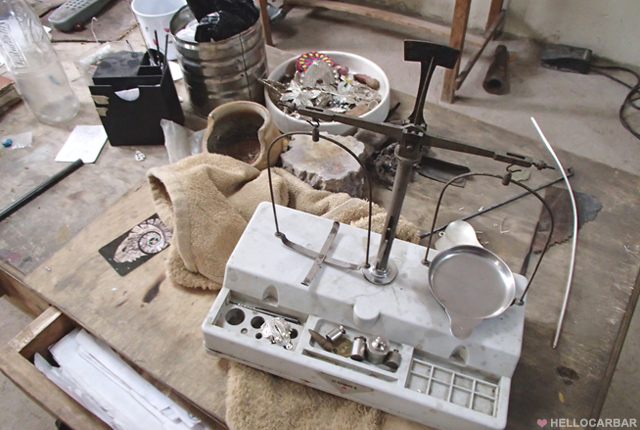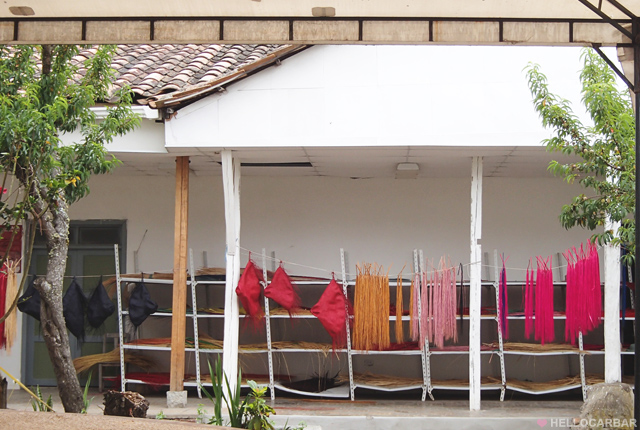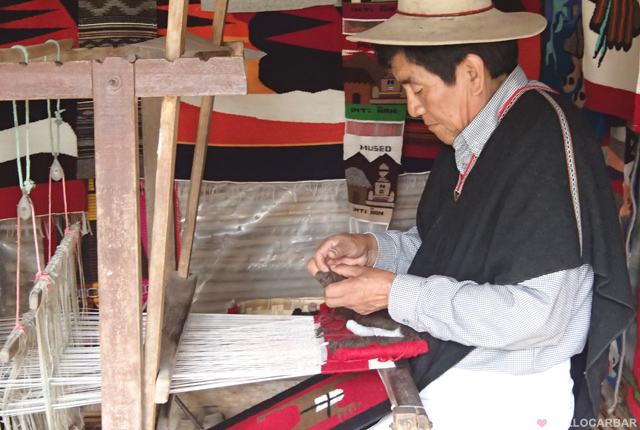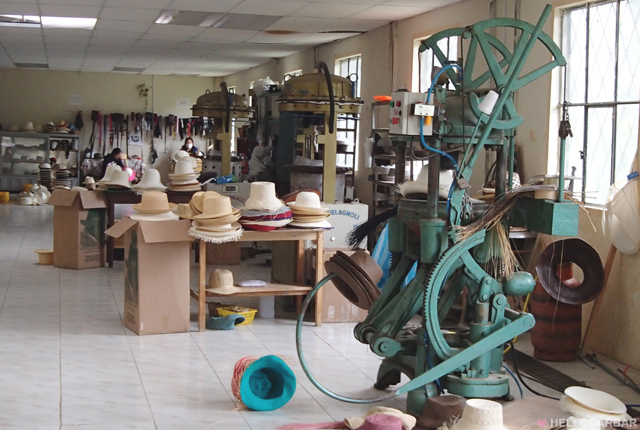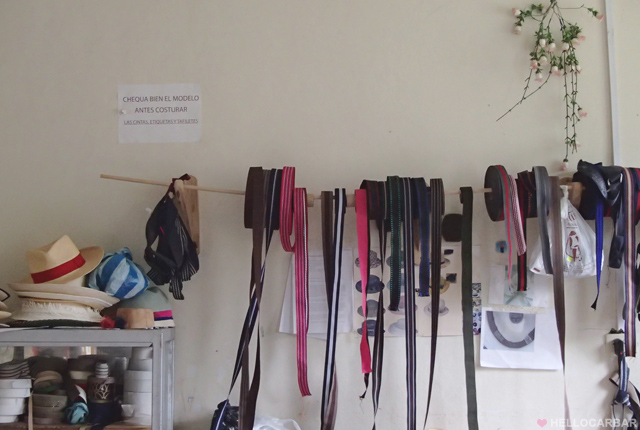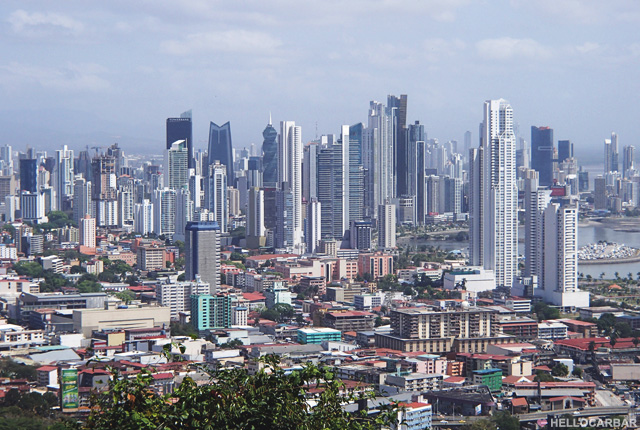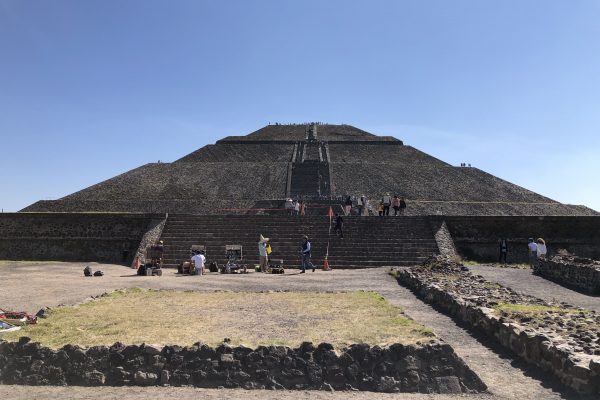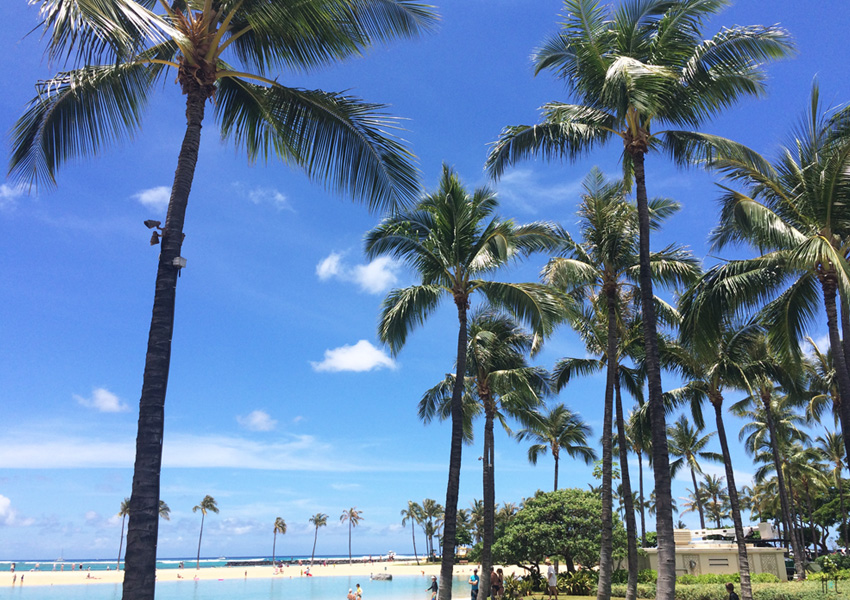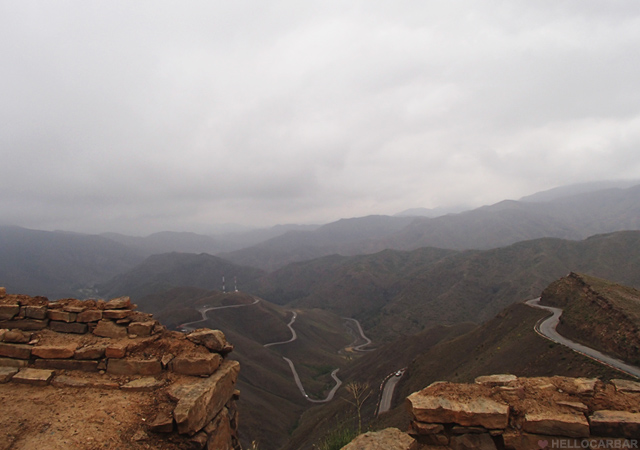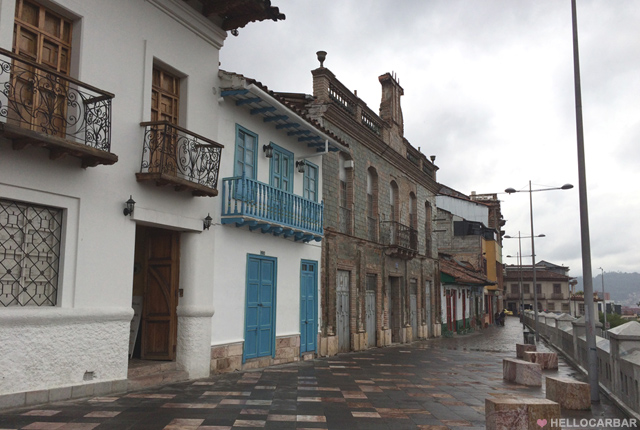 First of all, a fun fact for you guys: Cuenca means “basin” in English. There are four rivers that flow through the city of Cuenca, the basin, — the Tomebamba, Yanuncay, Tarqui and Machangara. These rivers are what give the city it’s full name, Santa Ana de los Cuatro Ríos de Cuenca.
First of all, a fun fact for you guys: Cuenca means “basin” in English. There are four rivers that flow through the city of Cuenca, the basin, — the Tomebamba, Yanuncay, Tarqui and Machangara. These rivers are what give the city it’s full name, Santa Ana de los Cuatro Ríos de Cuenca.
So, besides these rivers, what else can you find in and around the city of Cuenca? Well…
#1: Churches
Like Quito, the center of the city is listed as a UNESCO World Heritage site due to the variety of native Ecuadorian and Spanish colonial buildings you can find throughout. Most of the historical buildings are churches, as my guide pointed out while on a walking tour. He even went so far as to claim that Cuenca is the most religious city in South America. I don’t know how true that is, but I definitely saw a lot of churches (there are 52 in the city!!) during this part of my trip.
There’s the Old Cathedral (Iglesa del Sagrario) that was built using stones from Incan ruins originally found by the Tomebaba river, and the New one (Catedral de la Inmaculada Concepción) that was built when the old one was too small to contain the growing numbers of churchgoers in the city. The Old Cathedral was made into a museum after that. Iglesia del Carmen de la Asuncion was another church we visited in Plazoleta del Carmen, though it’s more commonly known as Plaza des Flores for all the flower stalls you can see under the canopies in the square just outside.
#2: Things that aren’t churches
As far as things that aren’t churches go, there were structures and street paths made of marble, lush green parks, markets filled with all kinds of fabrics, flowers and food, and many, many museums.
I saw some of the most incredible buildings in the city too. I know, I know, there’s a lot of nice-looking houses and whatnot around the world. Some of which I’ve already seen on trips past. WELL. They’re not in boring old Toronto! So I was happy to take it all in. 🙂
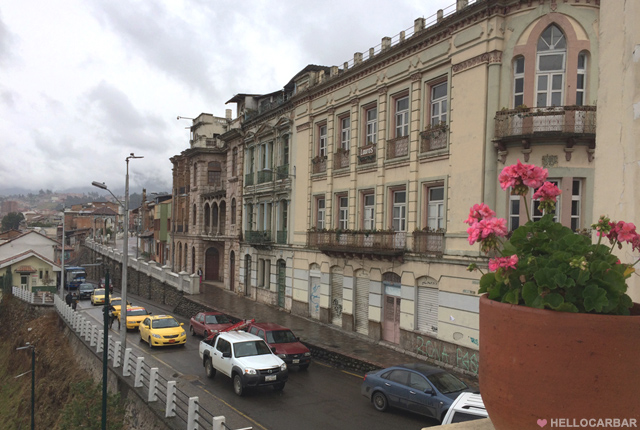
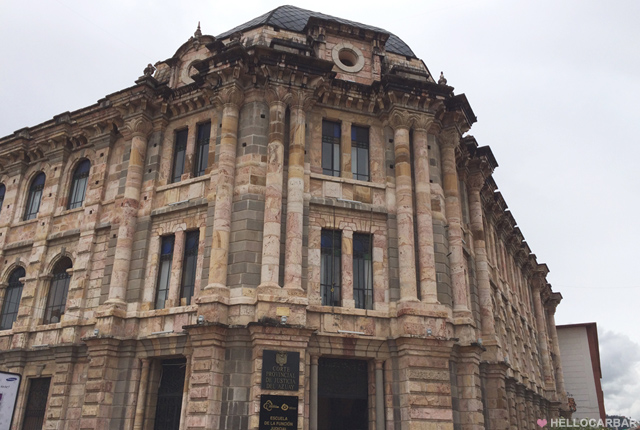
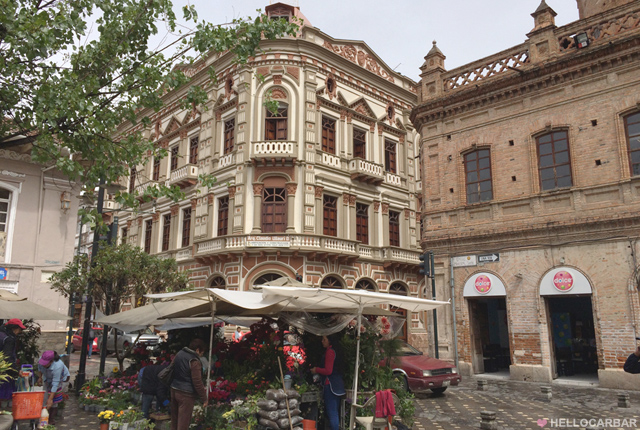
I would say for every photo I took of a building that was in pristine condition, there were probably two or three buildings that were in the process of being restored. They take their city’s heritage and appearance very seriously in the city.
#3: The countryside
On my way to see some of the places that various crafts are made for export (more on that in a bit), I saw some of the most beautiful landscapes I’ve seen in a long time. I know some people hate the part where you’re stuck on a bus on any day tour, but I loved them while traveling here. Ecuador is located up in the Andes mountains so watching clouds and fog as it creeped down the hills towards you was a regular occurance once you left the city, and truly amazing to see!
#4: Crafty things
In most of the park or squares surrounding the many churches you’ll find women selling pretty scarves and other touristy items, but if you travel a little further from the city (and with the help of a tour, unless you’re particularly resourceful) you can find little communities where the inhabitants’ livelihood is focused on mainly on making ceramics, fancy guitars, embroidered fabrics, silver jewelery, and the famous Panama hats that are known pretty much everywhere.
… Waitaminute. Panama hats are made in Ecuador? Uh-huh, you betcha. Here’s another fun fact for you: Panama hats are not made in Panama. The confusion with the name of these hats actually comes from the fact that many of the people who worked on the construction of the Panama Canal wore these specially woven toquilla hats from Ecuador to shield themselves from the sun. It is said that a visit by President Roosevelt to the Canal while it was still under construction is what made the hats so popular as he was photographed wearing one.
#5: Culture
A mix of different cultural backgruonds make up the people in that live in the city and beyond. There are the ancient Cañari, who were the original inhabitants of Cuenca until the Incans came and conquered them in a war, though they took on many of their agricultural practices that continue to this day in the hills and valleys surrounding the city center. Much later of course came the Spanish to colonize the area.
It’s not uncommon to walk around the city and come across a Cañari woman dressed in traditional, conservative attire — long skirts, a shawl and a white hat and braids in her hair. (Sadly I have no photos of them!). It’s also not uncommon to see find beautiful houses in the countryside, many of them uninhabited. Just like the Cañari women who continue to honour the tradition of wearing their conservative dress, many also honour another tradition that I found very sad and interesting.
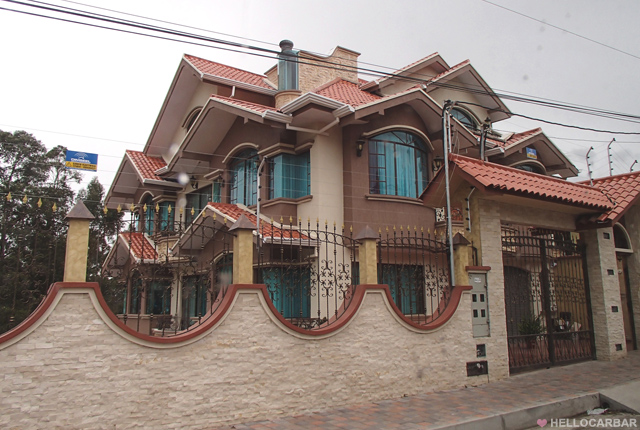
A family is not permitted to live in a newly built home until the person who paid for it’s construction goes inside to bless it with prayers. The sad fact is that the majority of the houses I saw were built using money sent home by relatives that had moved overseas to start a new life there. They were sending money to their families back home but more often than not they would never come back and many of those houses I saw were uninhabited.
So that’s Cuenca! Or some of it, anyway. My last day there I spent walking amonst some Incan ruins.. but this post is getting waaay too long so more on that next time!
-C

